The No-Spill gas can has several features that make it easier to avoid overfilling at the gas station and spills aboard the boat.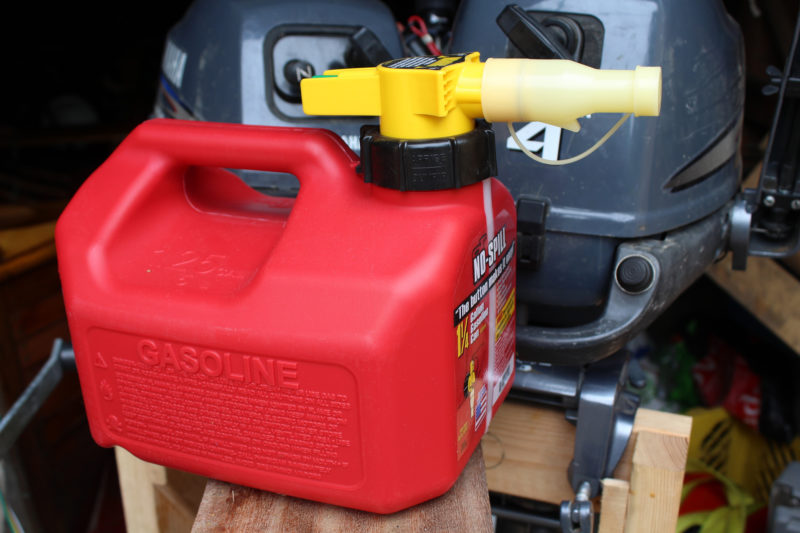 Photographs and video by the author
Photographs and video by the author
Join The Conversation
We welcome your comments about this article. To include a photo with your remarks, click Choose File below the Comment box.





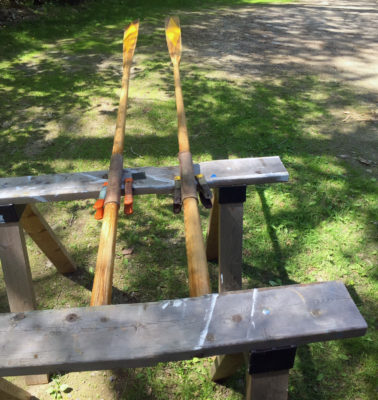
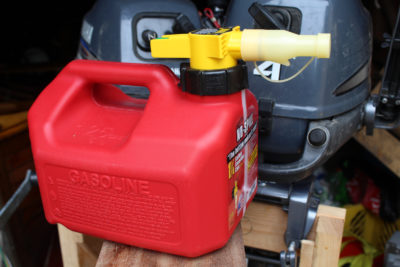
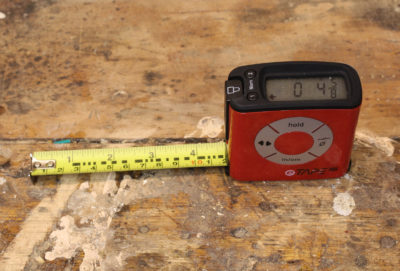
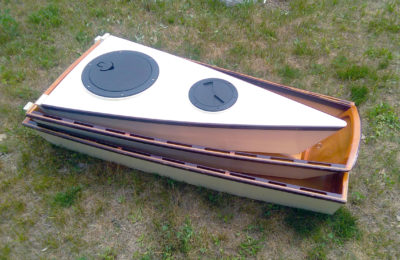
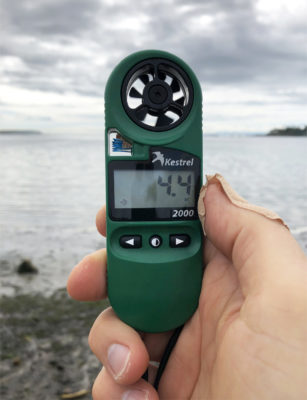
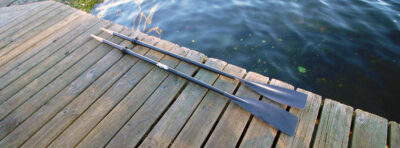
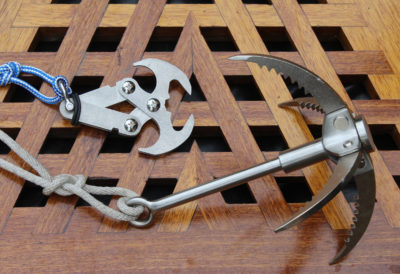
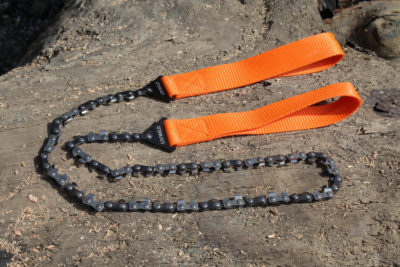
Looks like a great improvement over the current crop of cans in my barn. As you pointed out the other designs all have various shortcomings. Next new can purchase for me will certainly be a No-Spill. Thanks for the review and the video.
Pricy for a plastic gas can. I have owned many and thrown most away. But this can is the best I have ever
owned. Just like it says, no spill. I have two of the 5-gal versions.
I almost universally despise the newer style gas spouts. While they may work OK for smaller cans, try using a 5-gallon can to fill a container that is not firmly attached. I routinely use various size cans to fill generator and outboard tanks on electrofishing boats that I use for surveying fish populations for the University of Wisconsin’s Center for Limnology and I still prefer the older style. It takes two hands to use the newer style and hand placement is not always optimal for large cans.
Dave
David raises a good point about the size of the can. A gallon of unleaded gas weighs about 6 lbs. My 1.25 gallon can holds 7.5 lbs of fuel, the can itself is just under 1.5 lbs, so a full can is just 9 lbs. I can hold the full can, even with an outstretched arm, and operate it properly as long as I get the tip of my thumb set on the valve button, covering the hole. It’s easy to imagine that holding a 5-gallon can—30 lbs of gas plus the weight of the can—would be much more difficult.
Just a note concerning these “improved gas cans.” They all suck! I will not have one unless I have installed a vent cap where God intended. These caps can be bought on Amazon . My preferred method is to scour garage sales for the good ” old ” cans with vents . You can stuff these new Cali Compliant cans.
I purchased a couple No-Spill cans in the small size and have been using them for a year or so. They are perfect for chain saws, lawn blowers, outboard integral tanks, any gas-powered equipment with a small fuel tank. They definitely minimize gasoline liquid and vapor spillage. Nice environmental improvement and more convenient. Highly recommended in the small size.
However, the cap locking ratchet is difficult to release when filling the can. After several months of usage, I completely removed the sharp ratchet teeth with a quick snip with side cutters. My thought is a child who could loosen a tightened gas cap could also just as likely push the dispensing plunger and, can safety isn’t compromised with the ratchet removed.
I am disappointed that I did not think to offer a review of the No-Spill gas cans! We have 3 of them: 2 of the smaller 1.25 cans and a 5 gallon. The 5 gallon has a handle on top and on the end. We take the 1.25 gallon can out as reserve fuel for our auxiliary Suzuki 2 1/2 or Suzuki 6. And like Joe, we recently removed the ratchet stop, it was a little too efficient at keeping this large child from loosening the cap.
Cheers
Kent
Hi Chris,
I like the No-Spill gasoline can you reviewed in the September issue of SBM. There is another alternative for filling fuel tanks that we have used for 20 or so years.
We cruise in some areas where it’s difficult to get to docks for fuel. Cruising in a sailboat and needing little fuel, it seems a waste to tie up a fuel dock to obtain 10 or so gallons of fuel unless we also need a pump-out or fresh water.
So we purchased a couple of 5-gallon jerry cans that can be filled and then transferred to our on-board fuel tanks. To transfer the fuel, we use a siphon hose that easily transfers the fuel from the jugs to the boat’s tanks without spillage. The advantage is that you do not have to hold the jug nozzle and a can full of fuel to the tank’s fill opening. Instead, the bitter end of the hose is inserted and the valve end of the hose is jiggled up and down in the jerry can until the hose is is filled enough to begin siphoning. As the can empties you need to tilt the tank to get out the last drops of fuel.
We also use the siphon hose for our gas-guzzling center-console power boat, which uses about 5 gallons of fuel just to get to and from a marina selling non-ethanol gasoline. Instead, I have several 5-gallon jugs and get the non-ethanol gas at a local land-based gas station. These siphon hoses can be obtained at marine stores for about $11.